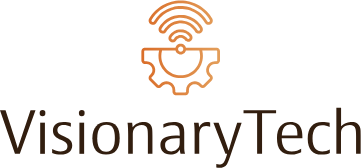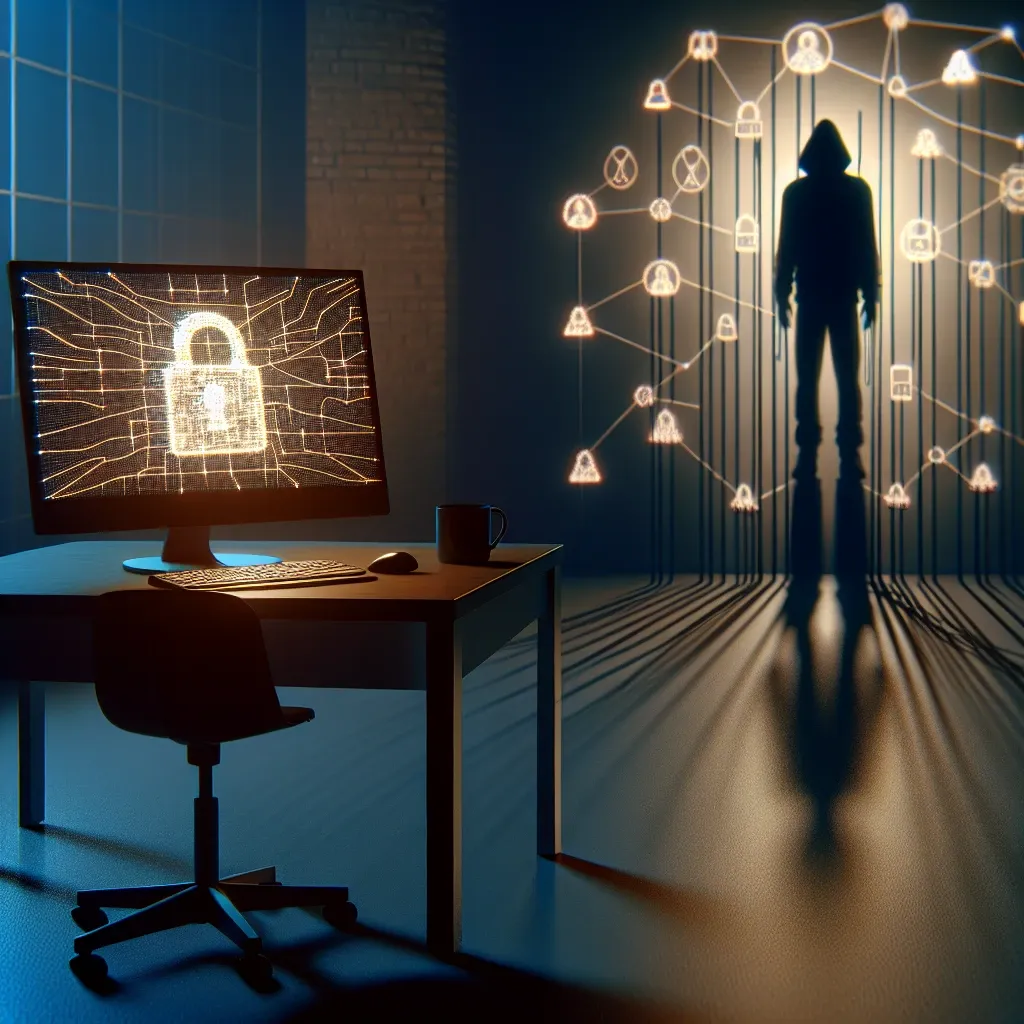In today’s digital age, ensuring the security of your computer is paramount. Being vigilant and knowing how to detect if someone is remotely accessing your computer can safeguard your personal information from unauthorized breaches. This article delves into the signs of remote access, tools to help you detect it, and preventive measures you can take to secure your system.
Common Signs of Unauthorized Remote Access
Before diving into specific tools or methods to identify remote access, recognizing the common signs of unauthorized access is crucial. Here are some indications that someone may be accessing your computer remotely:
- Unexpected Mouse Movement: If your mouse pointer moves on its own, it could be a sign of someone controlling it remotely.
- Slow Performance: Unusual computer slowdowns can sometimes indicate remote access as your system resources may be diverted elsewhere.
- Programs Opening Automatically: Applications or files opening without your intervention can signal unauthorized access.
- Increased Network Activity: A sudden spike in network activity when you are not using the internet could be a sign of remote access.
- Unexplained System or Application Settings Change: Adjustments to application settings or system configurations that you did not make can indicate remote access.
Table: Signs of Unauthorized Remote Access
| Sign | Description |
|---|---|
| Unexpected Mouse Movement | Mouse moves on its own without user input. |
| Slow Performance | Computer becomes slower than usual. |
| Programs Opening Automatically | Applications or files open without user interaction. |
| Increased Network Activity | High internet activity when not in use. |
| Unexplained Settings Change | System or application settings change without user action. |
Detection Methods and Tools
Using specific tools and methods can help you determine if your computer is being accessed remotely. Here are some recommended approaches:
Check Task Manager or Activity Monitor
-
Windows: Open Task Manager by pressing Ctrl + Shift + Esc or Ctrl + Alt + Delete and selecting Task Manager. Go to the Processes tab and look for any unfamiliar programs or processes.
-
Mac: Open Activity Monitor by going to Applications > Utilities > Activity Monitor. Check the CPU and Network tabs for unfamiliar processes or unusual activity.
Review Firewall Logs
Your computer’s firewall can provide logs that track incoming and outgoing connections. Regularly review these logs to identify any suspicious activity:
-
Windows: Open Windows Firewall and navigate to Advanced Settings > Monitoring > Firewall to review connections.
-
Mac: Use the built-in firewall with sudo commands via Terminal (
sudo /usr/libexec/ApplicationFirewall/socketfilterfw --getglobalstate) or third-party applications to monitor network traffic.
Network Monitoring Tools
Network monitoring tools can track and alert you to suspicious activities:
-
Wireshark: A powerful network protocol analyzer that can help you capture and inspect the details of the packets moving through your network.
-
GlassWire: A network security monitoring tool with a user-friendly interface that provides alerts for unusual activity.
-
NetLimiter: This tool offers detailed information on your computer’s network usage and allows you to control it.
Preventive Measures
Preventing unauthorized remote access requires a proactive approach. Here are some essential measures to enhance your computer’s security:
Enable Two-Factor Authentication (2FA)
Implement two-factor authentication for all your accounts and services. This adds an extra layer of security, making it harder for unauthorized users to gain access.
Update Software Regularly
Ensure that your operating system, antivirus software, and all applications are up-to-date. Regular updates patch vulnerabilities that could be exploited for remote access.
Use Strong Passwords
Use unique, complex passwords for all your accounts. Avoid using the same password across multiple platforms and consider using a password manager.
Disable Remote Access Tools
If you do not require remote access tools like Remote Desktop, disable them. This reduces the risk of unauthorized access:
-
Windows: Go to Settings > System > Remote Desktop and turn off the remote desktop feature.
-
Mac: Navigate to System Preferences > Sharing and uncheck Remote Login and Remote Management.
Conclusion
Detecting unauthorized remote access to your computer is crucial for maintaining digital security. By recognizing the signs, utilizing detection tools, and implementing preventive measures, you can protect your personal information and keep your computer safe from cyber threats. Stay vigilant and proactive in safeguarding your digital environment.

